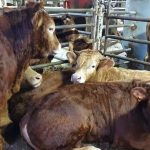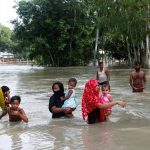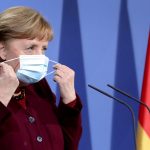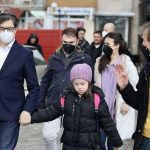The Australian state of Victoria is preparing to enter a one-week lockdown due to a recent cluster of COVID-19 infections.
From 11.59pm on Thursday local time until 3 June, the state’s seven million residents will be told to stay at home except for essential work, healthcare, grocery shopping and exercise.
It comes just days after the return of other rules – limits on gathering sizes and mandatory facemasks in restaurants, hotels and other indoor locations until 4 June.
Acting Premier James Merlino said: “We’re dealing with a highly infectious strain of the virus, a variant of concern, which is running faster than we have ever recorded.
“Unless something drastic happens, this will become increasingly uncontrollable.”
The number of cases reported in the state increased to 34 after 12 new cases overnight, with the number of virus-exposed sites passing 150.
The source of the latest outbreak is a Victorian man who tested positive for the variant first reported in India.
He completed mandatory hotel quarantine in South Australia before travelling to Melbourne, where he tested positive six days later.
Mr Merlino said more than 10,000 primary and secondary contacts had been identified who would need to test and isolate but he said this number was expected to grow.
Several of those infected visited crowded places before they were contacted, such as sports stadiums and shopping centres.
Western Australia, South Australia and Tasmania closed their borders to Victorian residents, while the Northern Territory and Queensland will enforce mandatory two-week hotel quarantine for arrivals.
New South Wales told residents to defer non-urgent travel to Victoria and New Zealand is expected to make an announcement later on the future of the travel bubble with Melbourne.
The outbreak is the first in Victoria for more than three months.
The state had a long and strict lockdown last year to tackle an outbreak that killed more than 800 people – 90% of Australia’s total COVID-19 deaths.
Overall, Australia has seen just over 30,000 cases and 910 deaths but its vaccination rate has been very slow – just 1.7% of the population is fully vaccinated.






















